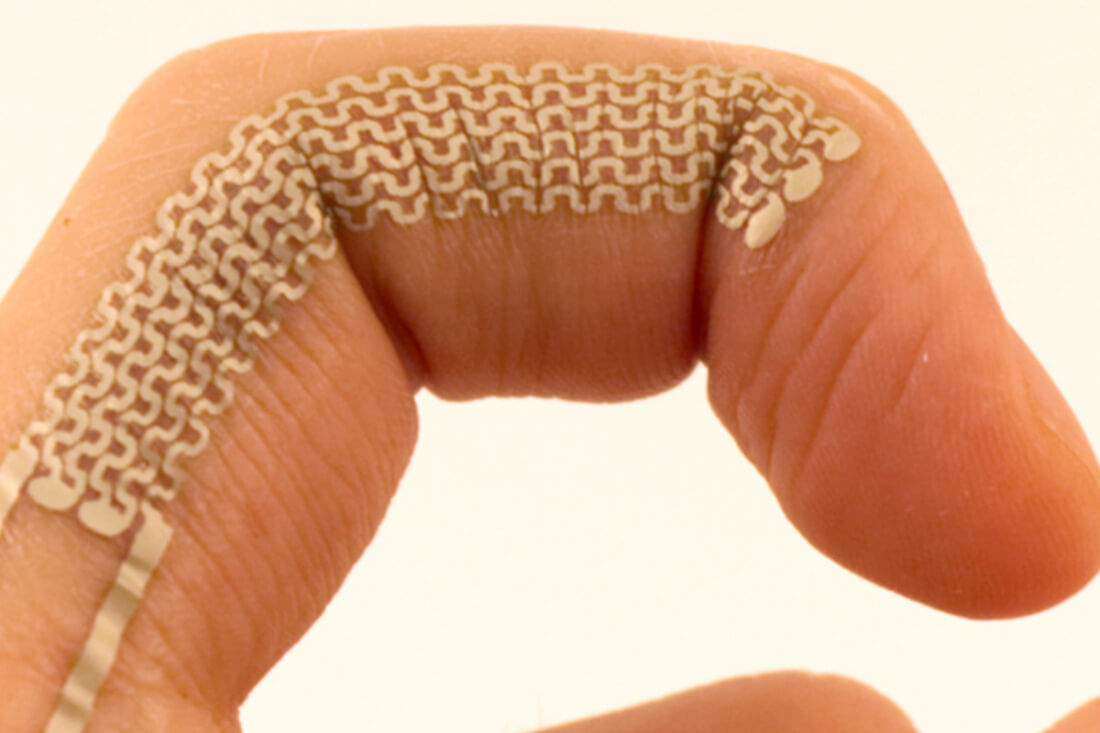We've seen systems that let you control electronic devices using temporary tattoos in the past, but this latest example seems to have improved on what's come before. Best of all, it takes advantage of skin features such as knuckles, wrinkles, and even blemishes.
Developed in partnership with Google by researchers at Saarland University in Saarbrücken, Germany, SkinMarks are temporary ultrathin electronic tattoos that can be applied to the skin, allowing users to control devices such as smartphones.
Martin Weigel, who led the research, says that as people instinctively know the locations of skin features such as birthmarks on their own bodies, they're the perfect locations for touch-sensitive buttons. As New Scientists notes, you could squeeze a freckle to answer a phone call.
The system uses conductive ink to print the electrodes and wires onto temporary tattoo paper. The tattoos - thinner than a human hair - are then attached to the skin using water and last a couple of days before rubbing off.

Because the tattoos respond to changes in the skin's surface, multiple commands can be assigned to one area. Sliding your finger along a tattoo placed along a different finger could alter a smartphone's volume, for example, while bending the same finger could start or stop a music track. Additionally, the tattoos could perform different functions when placed on knuckles depending on whether a hand is in the open or fist position.
Another cool feature is that one of the tattoos is electroluminescent. It could be designed to represent your favorite app, such as a Facebook 'F', attached to the skin, and light up whenever you receive a notification.
One of the issues the team needs to overcome before the tattoos become a practical consumer product is the size of the microcontrollers used to transmit the signals. Right now, the tattoos connect to a bulky device strapped to the wrist, which contains an Arduino Nano and Adafruit MPR121, using copper tape.
Eventually, the skin could become the main way of controlling our smartphones. Carnegie Mellon University's Chris Harrison believes it will be ten years before the tattoos become mainstream, and in the far future they could evolve into something more permanent. "You'll have these digital tattoo parlors which you can go to in 2050, and 5 minutes later you can walk out with the iPhone 22 on your forearm," he said.